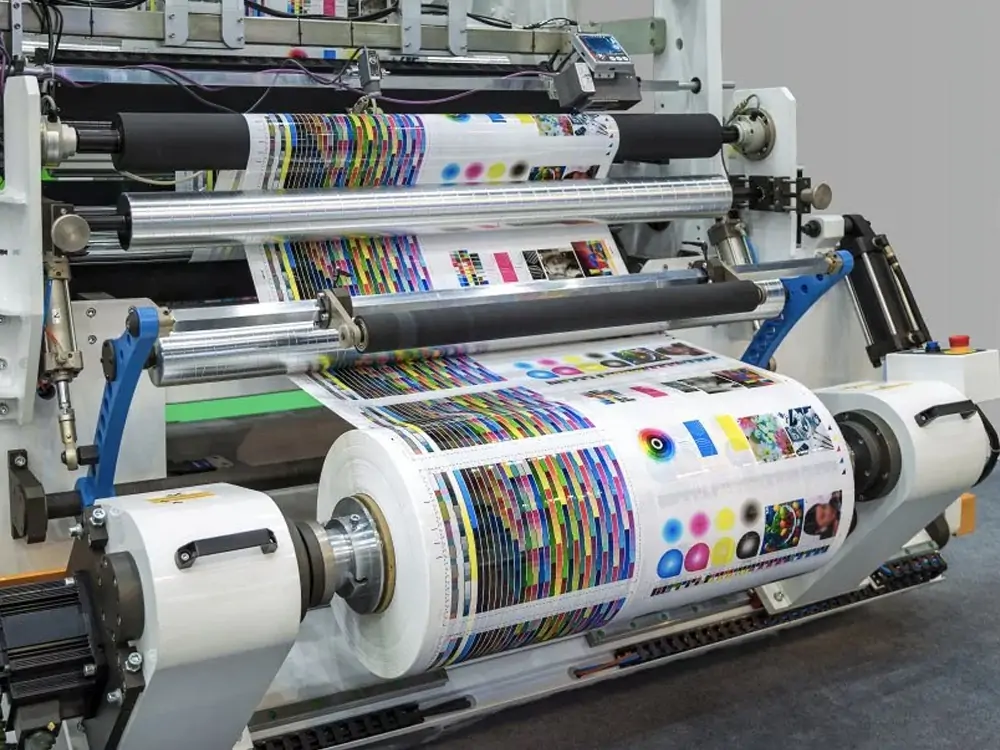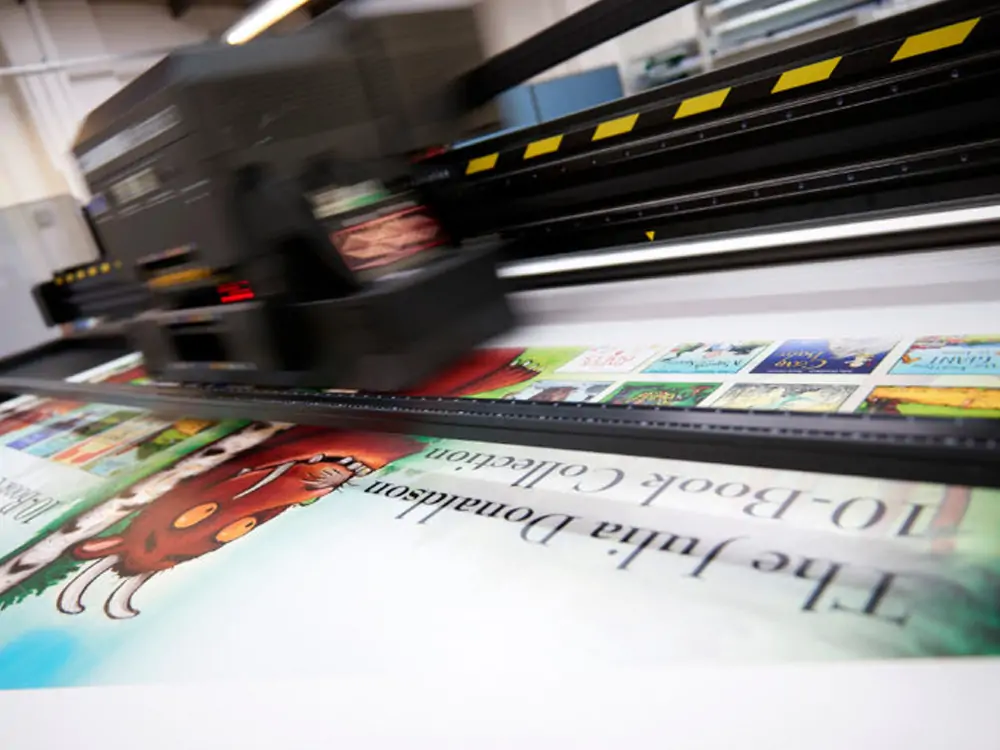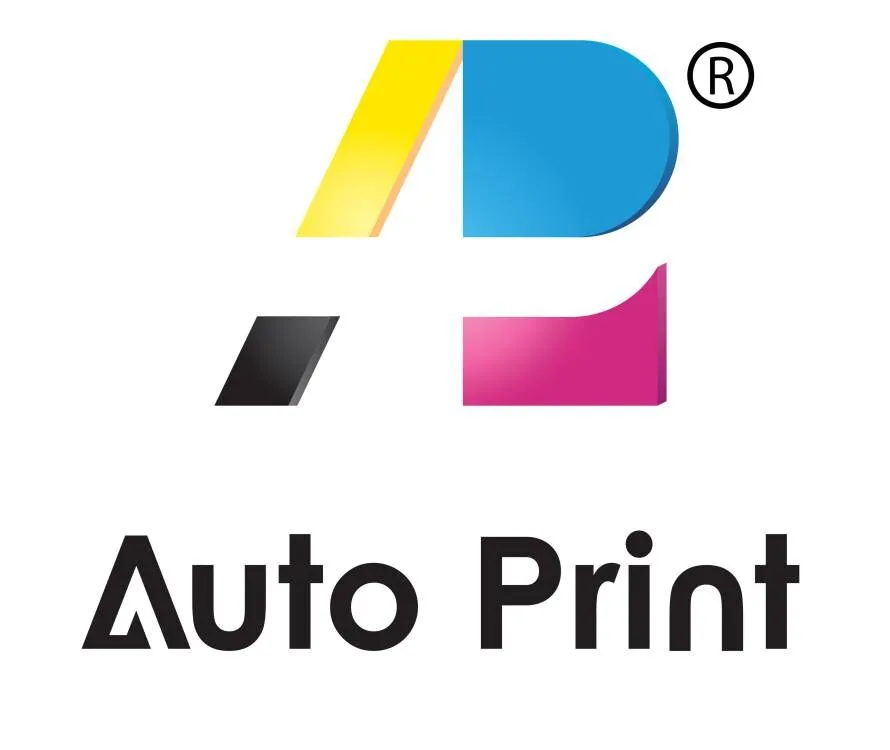Printing machines are essential in various industries. From publishing and packaging to marketing and manufacturing. Maximizing the printing machines’ efficiency is crucial to stay competitive and cost-effective. This blog post will share valuable tips and tricks to help you get the most out of your printing equipment.
Why You Should Maximize Printing Machines Efficiency
1. Cost Savings
One of the most compelling reasons to maximize printing machine efficiency is the potential for cost savings. Inefficient printing processes often waste resources, including paper, ink, and energy. By optimizing your printing machines, you can reduce these wastages and cut down on operational costs. Efficient printers require fewer maintenance and repairs. So, it can save you money on servicing and replacement parts.
Additionally, by minimizing downtime and increasing the throughput of your machines, you can produce more printed materials in less time. Ultimately, it can boost your revenue while keeping expenses in check.
2. Improved Productivity
Efficiency and productivity go hand in hand. Printing machines that operate smoothly and consistently allow your employees to focus on higher-value tasks like design and customer service. When machine issues or time-consuming manual adjustments don’t bog down your team, they can work more efficiently and deliver higher-quality results.
Moreover, an efficient printing process means faster turnaround times for customer orders. This can enhance your reliability and customer satisfaction reputation, potentially leading to repeat business and referrals.
3. Environmental Benefits
Optimizing your printing machines can also have positive ecological impacts in an era where environmental responsibility is a top priority for many businesses.
Reduced wastage of paper and ink means less strain on natural resources. Moreover, energy-efficient machines consume less electricity, reducing your carbon footprint.
By adopting eco-friendly printing practices, you contribute to a healthier planet and position your business as socially responsible. It can be an attractive selling point for environmentally conscious customers.
4. Competitive Advantage
In a competitive market, every edge counts. Having highly efficient printing machines can give your business a competitive advantage. You can offer faster turnaround times, more competitive pricing, and consistently high-quality printed materials.
This positions your business as a reliable and efficient partner in the eyes of your clients. It can help you stand out in a crowded marketplace.
5. Adaptability And Innovation
Efficient printing machines are often equipped with advanced features and automation capabilities. These technologies allow your business to adapt more effectively to changing customer demands and industry trends.
Whether it’s variable data printing, on-demand production, or the ability to handle diverse print materials, modern, efficient machines can keep your business at the forefront of innovation.
6. Enhanced Print Quality
Efficiency isn’t just about speed but also consistency and quality. High-efficiency printing machines have advanced technology that ensures precise and consistent output.
This means fewer misprints and wasted materials. It is especially critical when dealing with expensive or custom substrates. Consistent, high-quality prints can also improve your brand image and customer perception.
7. Versatility And Flexibility
Efficient printing machines are often more versatile and capable of handling various print jobs and materials. This versatility allows your business to diversify its offerings, accommodating various client needs.
Whether you need to print on different types of paper, labels, textiles, or even three-dimensional objects, an efficient printing machine can adapt. It can help your business stay competitive in a rapidly changing market.
8. Scalability
As your business grows, so do your printing needs. Efficient printing machines are typically designed with scalability in mind. This means you can handle larger print volumes without needing a complete overhaul of your printing infrastructure. This scalability can save you time and money. It can ensure your printing capabilities keep up with your business’s expansion.
9. Reduced Waste
Efficiency in printing also means less waste. Modern machines have features like automatic duplex printing and precise color management, which minimize paper and ink waste. This benefits your bottom line and demonstrates your commitment to environmental sustainability. It can be a selling point for eco-conscious customers.

How to Maximize Printing Machines Efficiency
1. Regular Maintenance
Proper maintenance is the foundation of efficiency. Regularly clean, lubricate, and inspect your printing machines to prevent breakdowns and ensure consistent performance. Create a maintenance schedule and stick to it.
2. Choose The Right Printing Technology
Select the printing technology that best suits your needs. For high-volume, consistent jobs, offset printing might be ideal. Digital printing is excellent for short runs and variable data projects. While 3D printing excels in creating prototypes and custom parts.
3. Calibrate Your Machines
Calibration ensures that your printing machines produce accurate colors and precise prints. Regularly calibrate your equipment to maintain color consistency and print quality.
4. Optimize Workflow
Streamline your workflow to minimize downtime. Organize tasks, materials, and personnel efficiently. Investing in workflow management software can help automate processes and improve overall efficiency.
5. Use High-Quality Materials
Quality materials, such as paper, ink, and substrates, can significantly affect the output. Invest in top-notch materials to enhance the final product’s appearance and durability.
6. Implement Automation
Automation can significantly increase efficiency. Consider investing in automated loading and unloading systems, especially for large-scale printing jobs. Automation reduces manual labor and minimizes errors.
7. Reduce Setup Times
Minimize setup times by using advanced plate and ink technologies. Additionally, digital printing machines often require minimal setup compared to traditional offset machines.
8. Digital File Management
Efficiently manage digital files to reduce errors and save time. Use file naming conventions, folder structures, and version control to keep track of design files.
9. Energy-Efficient Practices
Implement energy-saving measures, such as using LED UV curing systems and turning off machines when not in use. These practices not only reduce costs but also contribute to sustainability efforts.
10. Invest in Training
Ensure your operators are well-trained in using the printing machines. Training improves productivity and reduces the likelihood of errors.
11. Quality Control
Implement a robust quality control process to catch errors early in the production cycle. This reduces waste and rework, saving both time and resources.
12. Stay Updated With Technology
Keep up-to-date with advancements in printing technology. Investing in the latest equipment can boost efficiency, reduce costs, and offer new capabilities.
13. Regularly Analyze Data
Analyze production data to identify bottlenecks and areas for improvement. Data-driven decision-making can lead to significant efficiency gains.

Conclusion
Maximizing efficiency with printing machines is essential for businesses to remain competitive and profitable. Regular maintenance, the right technology choices, optimized workflows, and a commitment to quality control are key strategies to ensure your printing operations run smoothly and efficiently. By implementing these tips and tricks, you can achieve higher productivity, reduce costs, and meet customer demands effectively.
